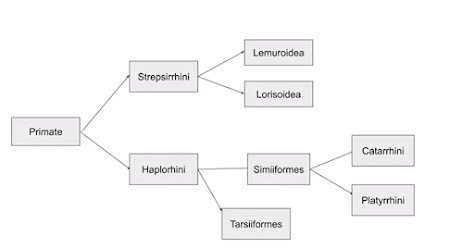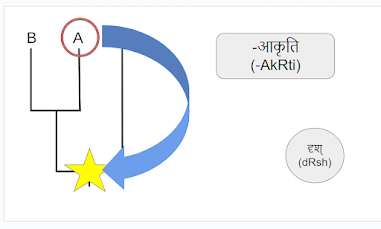Sanskrit Chemistry
Sanskrit Chemistry Here, I am going to be translating some modern chemistry terms into Sanskrit, including naming almost all the elements of the periodic table. This is not going to be official and will be subject to revision. Most of the terms liek solution,solute, pressure, charge have been rendered in to Indian languages, so I won't cover them. However, I will finish off coining Sanskrit words for chemichal terms. This topic is interesting because Ancient Indians did speculate on the idea of what we would label as atoms. Found earliest in Vaiseshika and Nyaya philosophies (older than the Buddha) and then in Hindu literature the indivisible particle was known as अणु or परमाणु . In modern Indian languages the same words are used though some textbooks confusingly say अणु is molecule while परमाणु is atom, so for simplicity molecule is घनाणु which is what the Sanskrit Dictionary for Spoken Sanskrit has coined. Atom will be अणु or परमाण...




